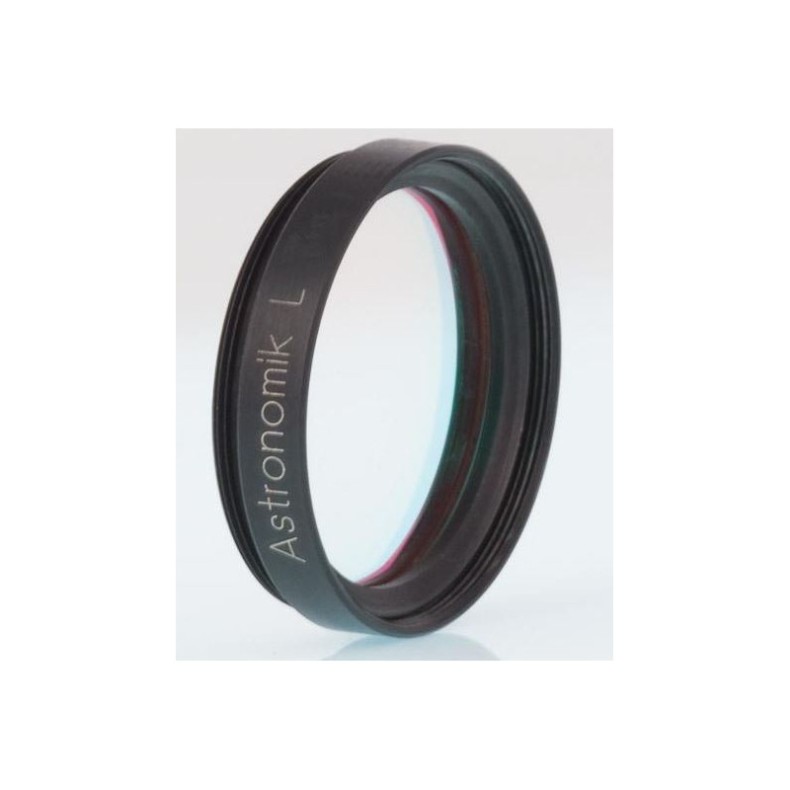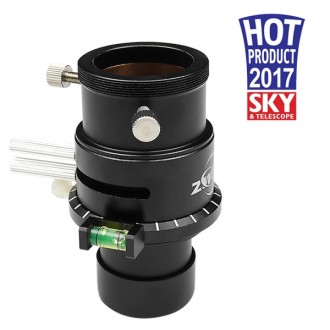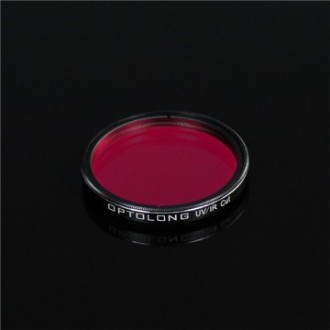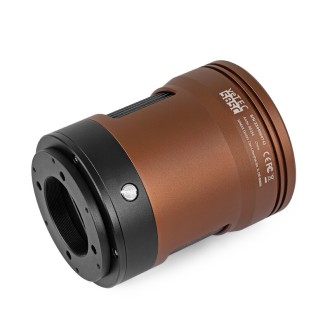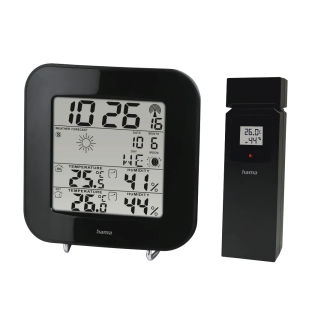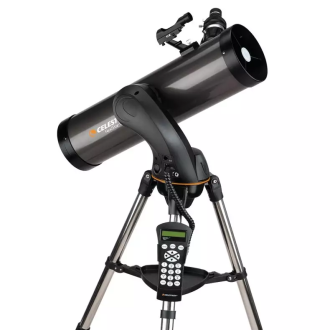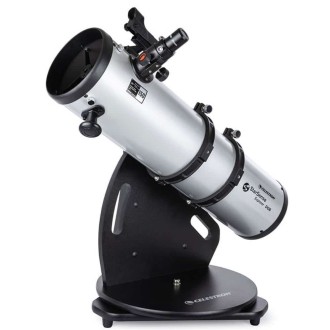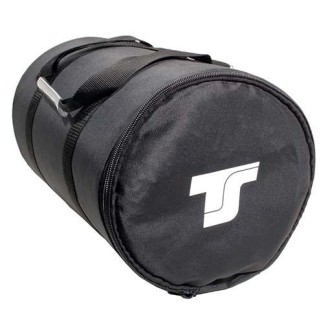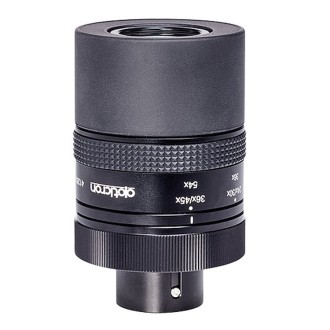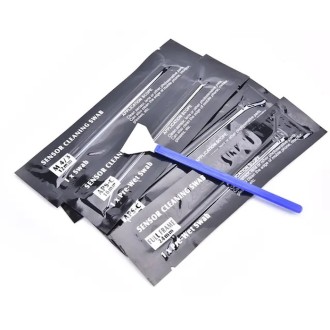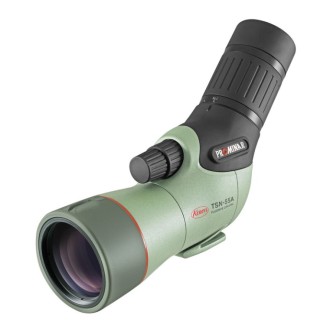Deliver it 15/23 days
ASTRONOMIK Luminance filter with UV and IR blocking model L-3 1.25"
| Carrier | Description | Estimated Delivery | ||
|---|---|---|---|---|
 |
Home delivery - International | Home delivery - International |
Monday, 11 August - Tuesday, 19 August |
|

Home delivery - International
Home delivery - International
Estimated delivery:
Monday, 11 August - Tuesday, 19 August
ASTRONOMIK Luminance filter with UV and IR blocking model L-3 1,25"
Astronomik L-3 luminance filter in Ø 1¼" format. Astronomik now offers you a range of three different UV IR blockers as luminance filters.
The different spectral window of each new Luminance filter is designed to adjust your settings to get the sharpest image from any optical design and any camera.
Astronomik Lx Filter Transmission The Luminance channel is probably the most important channel for a great final image. You want as much signal as possible so the filter has the highest possible transmission with a wide spectral bandwidth. This combination provides the highest sensitivity and gives you the highest photon counts in your pixels. While the high transmission level is a great aspect of the new Astronomik Luminance filters, not all optical instruments or additional optical elements such as correctors, field tamers or reducers have perfect color correction so it may be the width of the spectral bandpass of the Luminance Filter that can cause problems.
A bandpass that is too wide will allow transmission of incompletely focused light (chromatic aberration), making stars appear soft or puffy. In such cases, image processing can be difficult. To give you all the tools to collect the best possible information, we have expanded our line of luminance filters: you can now select a luminance filter perfectly matched to the type of telescope you use, to obtain the highest signal and sharpest image for the Luminance channel. Depending on the color correction of your telescope, you can use a wider spectral window for the Luminance data. The L1 filter has the widest spectral window, L2 is about the same as our current L filter, and L3 is much narrower.
If you are using an optical system that is completely free of any chromatic aberration, you should obtain an L1 filter for your setup. For general use, the L2 filter is well suited to most optical systems with a corrector, coupler or reducer in the optical train, while the L3 filter is designed for refractor users with less than perfect color correction and in combination with the new Deep -Sky RGB filters, the L3 filter will minimize the problem of bluish halos around stars.
The transmission curve characteristics and coatings on the new luminance filters have been designed and engineered in such a way that no halos or reflections are visible. Even with bright stars in the field of view you will be able to reveal the faintest structures in nebulae or galaxies. Like all Astronomik filters, the new Luminance filters are made with an extremely durable, scratch-resistant coating deposited on the finest, polished optical substrate, free of internal stresses and strains. All substrates are made of exactly the same thickness, so all our filters are parfocal. Additional note for observers working under light polluted skies: If your observing site suffers from light pollution, you should try using our CLS-CCD as a replacement for the Luminance filter.
The transmission curve of the CLS-CCD will give you approximately the same amount of energy in all three color channels and will block almost all unwanted variable light pollution. Customers who replaced the Lx filter with the CLS-CCD are amazed at the higher quality of their data. This small change gives you the opportunity to take much deeper images of your current observing site.
ASTRONOMIK Model L-3 1.25" Luminance Filter with UV and IR blocking

